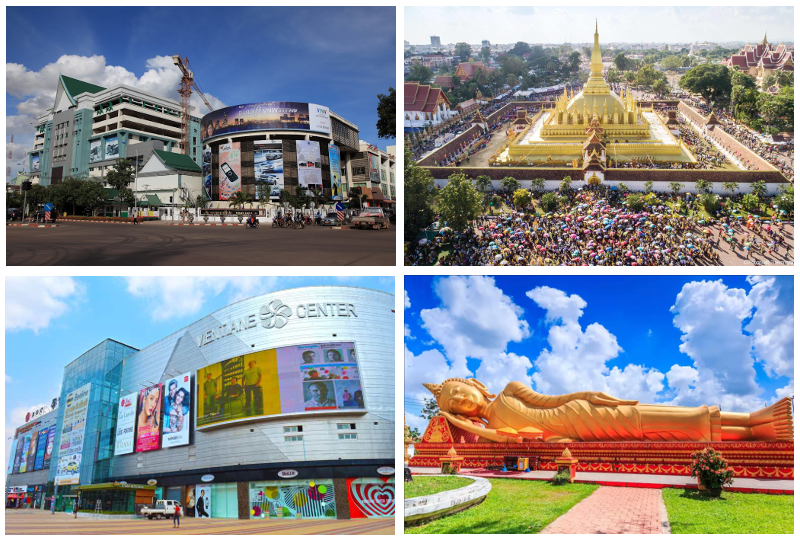About Laos
- Capital: Vientiane
- Language: Lao
- Ethnic Groups: Includes over 50 ethnic groups, with the Lao ethnic group comprising more than half of the population (approximately 57.1%)
- Religion: Buddhism is the predominant religion, practiced by about 64.7% of the population. Animism also has a strong influence.
- Area: 240,000 square kilometers
- Population: Approximately 6.49 million (as of 2015, according to the Lao Statistics Bureau)


What kind of country is Laos?
Laos is traditionally a pro-Japanese nation. It gained full independence on October 22, 1953, through the Franco-Lao Treaty.
Vientiane, the capital, is often referred to as the quietest capital in the world. However, recent developments have been remarkable. Starting with the relaxation of building regulations, there has been a construction boom in the suburbs with a proliferation of high-rise buildings, and the city now boasts large mansions and luxury vehicles like Rolls-Royces on its streets.
The number of Japanese companies and expatriates residing in Laos has also increased, and while Laos may not yet be considered a developed country, its economy is certainly continuing to grow.

Laos has economic growth rates
Since the establishment of the Lao People’s Democratic Republic in 1975, the country has continued to experience steady growth.
Over the past nearly 50 years, the population of Laos has increased from 2 million to about 8 million, four times its size, and the GDP per capita has impressively grown 50 times since independence, currently standing at around $2,500.
Although the economic growth rate took a sharp decline in 2020 due to the COVID-19 pandemic, it has gradually recovered to around 5%.
Further economic growth is anticipated in the coming years.